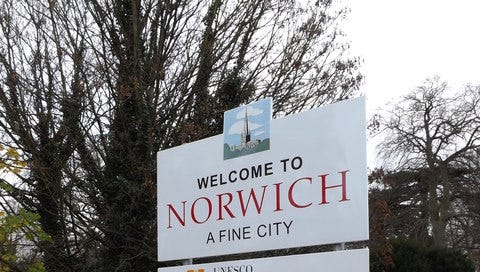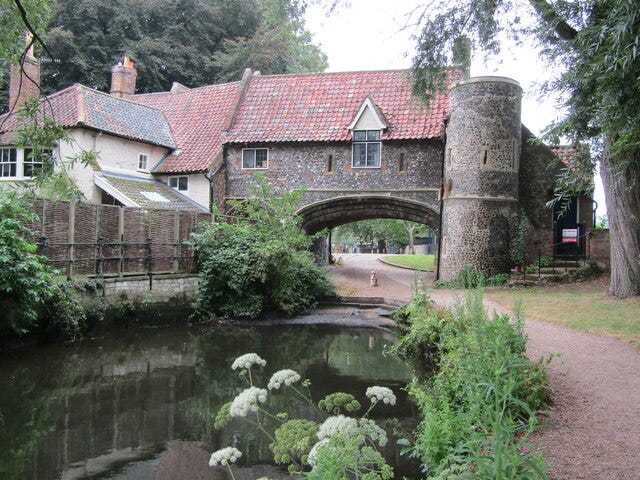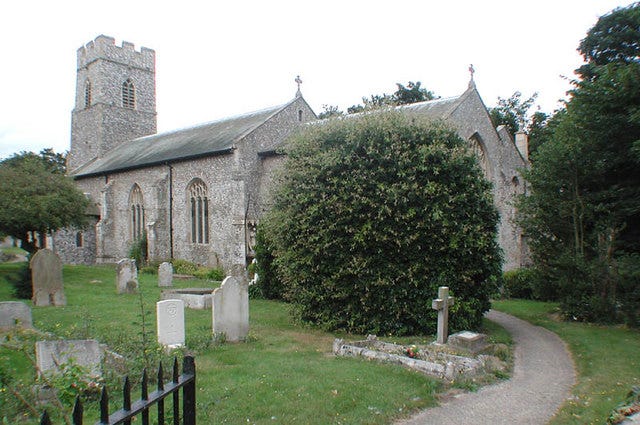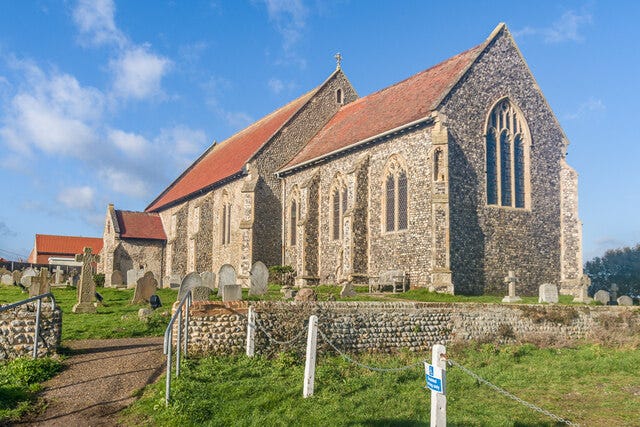Damned straight (Geographer/geograph)
Hurrah!
I’m spending most of next week in Norwich.
Something that makes me very happy indeed.
It’ll be my first trip and stay in the finest of cities since December 2022 as any plans to do so last year were thwarted by illness, one that, ironically, was provoked by my catching Covid-19 during that afore mentioned stay.
So its a significant moment for me. One I intend to enjoy.
The main reason for my trip is, as ever, for business and work reasons. I have clients in and around Norwich who I’ll be catching up with; I’m also involved with a project that started, for me, quite a while ago when I was contacted by a writer and film maker in the US who wanted my input on a piece of work he and a colleague were doing, one that will come to its conclusion over the next week or so with their presence in the city.
So I’m looking forward to meeting them and I’ll write a little bit more about what that involved on here in the coming weeks.
I’ll also find some time to sit on ‘my’ bench in one of my (numerous) favourite places in the city.
Pulls Ferry kissing the River Wensum. If you see a tall chap sat on the bench there next week it may well be me! (Colin Smith/geograph)
Pulls Ferry is a former ferry house that sits by the river at the back of Cathedral Close. It was, in the fifteenth century, a watergate (ie) a fortified entrance/exit from a castle or, in this case, town wall directly onto a quay, in this case, the very one that would have seen an abundance of Caen stone being unloaded during the construction of the Cathedral via a canal that ran under the arch which was built for that purpose by the incumbent monks.
The site is named after a John Pull who ran a ferry across the River Wensum from 1796 through to 1841, one that continued on the same site until 1943. Prior to Pulls taking on the duty of ferrying people across the river, it had been known as Sandlings ferry, that name, however, has pretty much vanished from local history as has that of those who operated it after John Pull.
The house that stands next to the watergate is a more recent construction, dating from 1647 with both said house and the watergate itself being extensively restored by a Cecil Upcher in 1948.
Upcher is a figure who doesn’t get as much recognition as he perhaps deserves for his work on some of Norfolk’s many ancient buildings.
He was born in Barnham Broom in 1884, the son of the village Rector. Upcher junior took up the trade of architecture and, by 1906 when he was 22, was based in Norwich where he specialised in, amongst other things, church restoration.
St Martins Church in Overstrand, restored by Upcher in 1914 (John Salmon/geograph)
Cecil hasn’t long completed work in Overstrand when, as World War One broke out, he joined the other countless thousands of young men signing up to ‘do their bit’, joining the famous but, sadly long lost Norfolk Regiment as a Second Lieutenant.
He survived the war and, after the armistice, set out to design several memorials to the men lost to Norfolk during that dread conflict as well as continuing his work on restoring many of the county’s decaying churches, doing his utmost to restore them to something akin to their original glory.
All Saints Church in Mundesley. Part of Cecil Upcher’s substantial CV (Ian Capper/geograph)
Pulls Ferry was in something of a dilapidated state when Upcher commenced work on the site in 1928 with Upcher, quite literally, living on the job as the work took place by lodging himself on the first floor of the house.
No, it would seem, having to ‘…pop out for a while just to finish off another job’ and then not returning for six months or so. That was not the Upcher way.
The current site is a tribute to all of those who have worked on or near it, one of Norwich’s many gems, a location that, were Cecil Upcher, who died in 1972, was able to view today, as iconic a view in Norwich as any other, would, I feel, be proud of.
I shall certainly thank him for his hard work, vision and diligence when I am sitting on ‘my’ bench next week.







